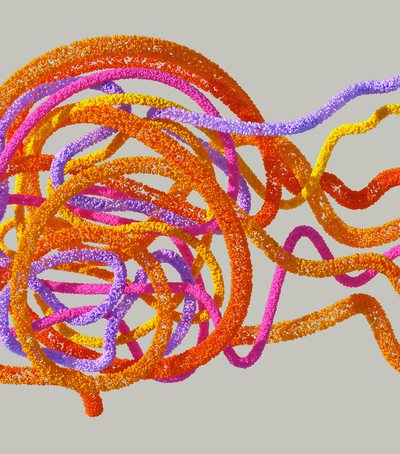
Consumers have been looking for a better battery life for the iPhone for a long time, and now with the new iPhone 11 Pro finally getting what they want. The thickness of the skeleton has been partially sacrificed, a compromise that Apple has found difficult to make after shrinking the size of the iPhone each year.
On September 10, Apple launched a trio of new iPhones, including the iPhone 11 and two Pro models. In addition to camera improvements, the two Pro models bring a longer battery life than their predecessors - up to four-five hours longer than last year's iPhone XS and iPhone XS Max models.
Apple says these improvements come as a direct result of the A13 bionic chip, or from improvements in battery or software technology, but the details are what matters.
The iPhone 11 Pro is 8.1mm thick and weighs 188 grams. By comparison, the iPhone XS is only 7.7 mm thick and weighs 177 grams.
The iPhone 11 Pro Max, meanwhile, has a thickness of 8.1mm 226 grams and the iPhone XS Max comes with a thickness of 7.7mm (208 grams).
Surprisingly, the iPhone 11 and iPhone XR are nearly identical in terms of thickness and weight, and that's why the difference in battery life - just an hour - is so small compared to other devices.
This means that, of course, Apple has benefited from the new chip or software tricks. But quietly, they have also added more depth and weight to physically accommodate the larger battery.
It's a strategy that, compared to past attempts to shrink and dilute the iPhone at all costs, will be interesting to see people's reactions. Can a larger size and heavier iPhone be forgiven in exchange for a better battery life?





